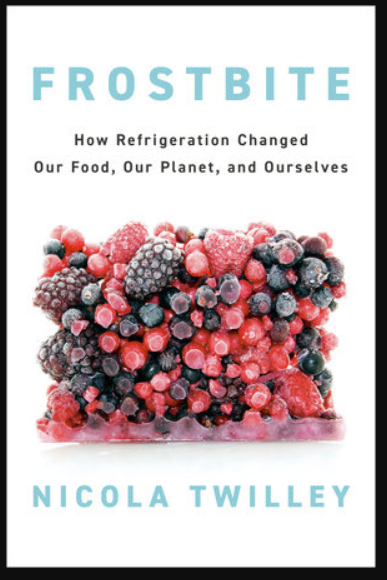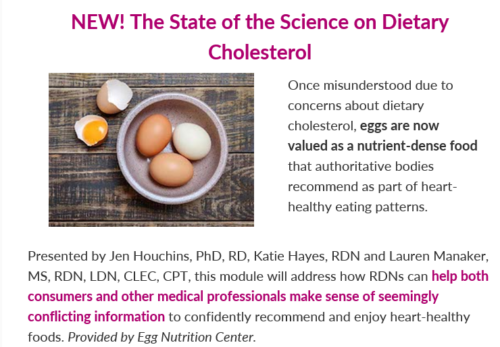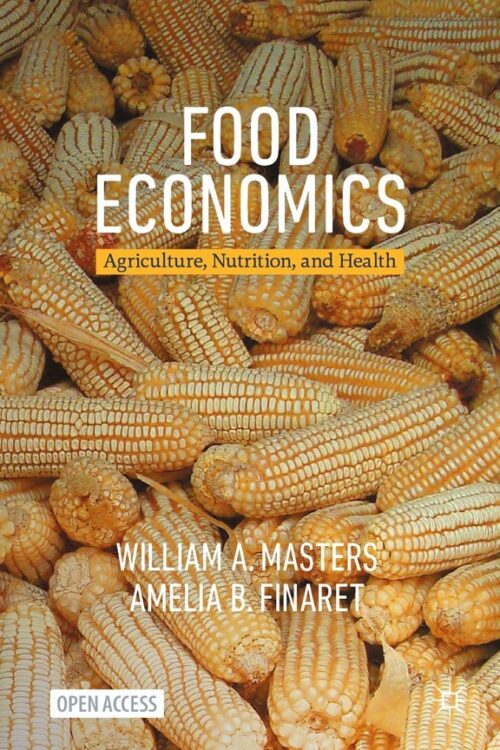The FDA’s Revolving Door: an ongoing concern
I was interested to see this report in the BMJ (formerly British Medical Journal): Revolving door: You are free to influence us “behind the scenes,” FDA tells staff leaving for industry jobs. BMJ 2024;386:q1418. doi: 10.1136/bmj.q1418.
The “Revolving Door,” of course, is the term used to describe how officials of federal regulatory agencies leave to take jobs with the industry they formerly regulated, and vice versa. I’ve written about this previously. Others have written about the FDA’s “revolvement” with the drug industry.
You can easily imagine why a food company would want to hire a former FDA official. That person will know how to deal with annoying regulatory issues, and will no doubt still have friends and former colleagues in the agency who can help smooth the way.aa
So what does the BMJ add to this? Plenty, unfortunately. Evidence from e-mails obtained through FOIA (freedom-of-information) requests.
Internal emails show that the US Food and Drug Administration informs employees leaving for industry jobs that, despite restrictions on post-employment lobbying, they are still permitted to influence the agency…The legal ability to work “behind the scenes” is enshrined in federal regulations2 and highlights a “critical, critical loophole” in US revolving door policy, says a leading consumer advocate.
Craig Holman, a government affairs lobbyist for the organisation Public Citizen, told The BMJ that the rules forbid various forms of direct lobbying contact but permit lobbying activity that is indirect. “So, people will leave government service and can immediately start doing influence peddling and lobbying,” Holman explained. “They can even run a lobbying campaign, as long as they don’t actually pick up the telephone and make the contact with their former officials—and that’s exactly the advice that’s being given here.”
The BMJ notes:
Since 2000 every FDA commissioner, the agency’s highest position, has gone on to work for industry. These include Robert Califf, the agency’s current chief, who re-established ties with industry in between his two stints at the agency’s helm.
One argument here is that the human resources folks are just explaining existing ethical requirements.
But a legitimate worry is corporate “capture.” When federal regulatory agencies are “captured,” they neglect public interest in favor of corporate interest.
This has been a concern about the FDA for a long time. The FDA needs to do all it can to restore public trust in its integrity.





